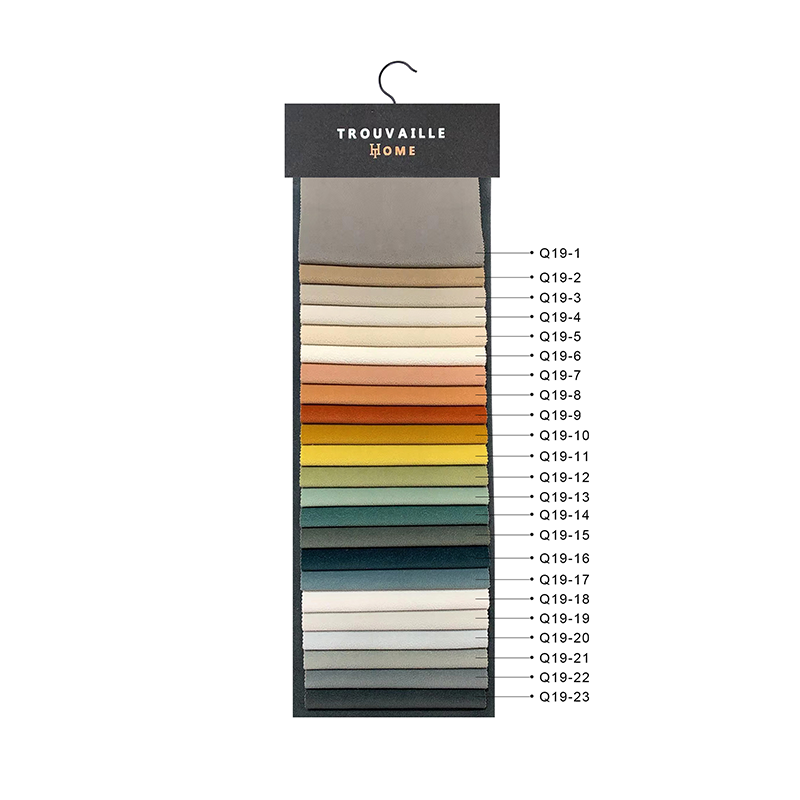Uncovering the Dubious Charm of Embossing Fabric: A Controversial Approach to Eco-Leather
The versatility of embossed fabrics in creating custom textures, patterns and designs is truly amazing, offering endless possibilities for designers and manufacturers to infuse eco-leather with its unique characteristics.
One of the main benefits of embossed fabric is its ability to replicate the natural grain and texture of traditional leather. Through careful design and engineering, embossed fabrics can mimic the intricate patterns found in a variety of animal hides, including the soft texture of cowhide, the exotic appeal of snakeskin, or the rough texture of crocodile. This versatility allows designers to cater to a variety of aesthetic preferences, from classic and sophisticated to bold and unconventional.
Additionally, embossed fabrics allow the creation of custom patterns and designs that reflect the designer's creativity and vision. Whether it's intricate floral patterns inspired by nature, geometric patterns that evoke a contemporary feel, or abstract designs that spark the imagination, embossed fabrics provide a canvas for endless innovation and expression. Designers can experiment with different textures, depths and densities to achieve the desired look and feel, creating truly unique eco-leather products.
Additionally, embossed fabrics offer the flexibility to adapt to a variety of applications and industries. In the fashion world, embossed eco-leather is used to create luxurious handbags, stylish shoes, and chic accessories that exude sophistication and style. In interior design, embossed leather upholstery adds a touch of elegance and sophistication to furniture, while embossed leather wall coverings create visually stunning focal points in residential and commercial spaces.
In addition to its beauty, the embossed fabric enhances the durability and performance of eco-leather. By imprinting a pattern into the leather's surface, embossed fabrics help enhance its structural integrity, making it more resistant to wear, tear, and deformation. This durability ensures that eco-leather products maintain their beauty and functionality for years to come, providing consumers with a sustainable and long-lasting alternative to traditional leather goods.
In addition to its aesthetic and functional advantages, embossed fabrics also contribute to the sustainability of ecological leather production. Unlike traditional leather, which relies on the use of animal skins and chemically intensive tanning processes, eco-leather is often made from environmentally friendly materials such as polyurethane, cork or plant fibers. By utilizing embossed fabrics, manufacturers can minimize waste and resource consumption, further reducing the environmental impact of leather production.
In summary, the versatility of embossed fabrics plays a key role in the creation of custom textures, patterns and designs that define the unique characteristics of eco-leather. From replicating the natural beauty of traditional leather to unleashing the creative potential of designers, embossed fabrics open up a world of possibilities for sustainable fashion and design. As consumer demand for eco-friendly alternatives continues to grow, embossed fabrics will remain an important tool in shaping the future of ecological leather production.



